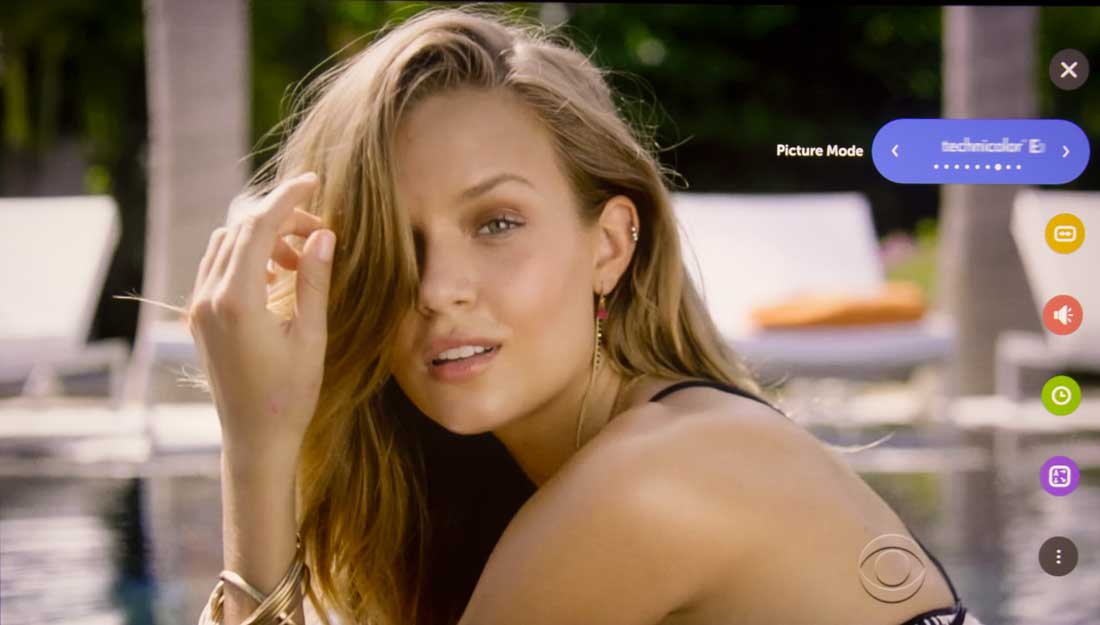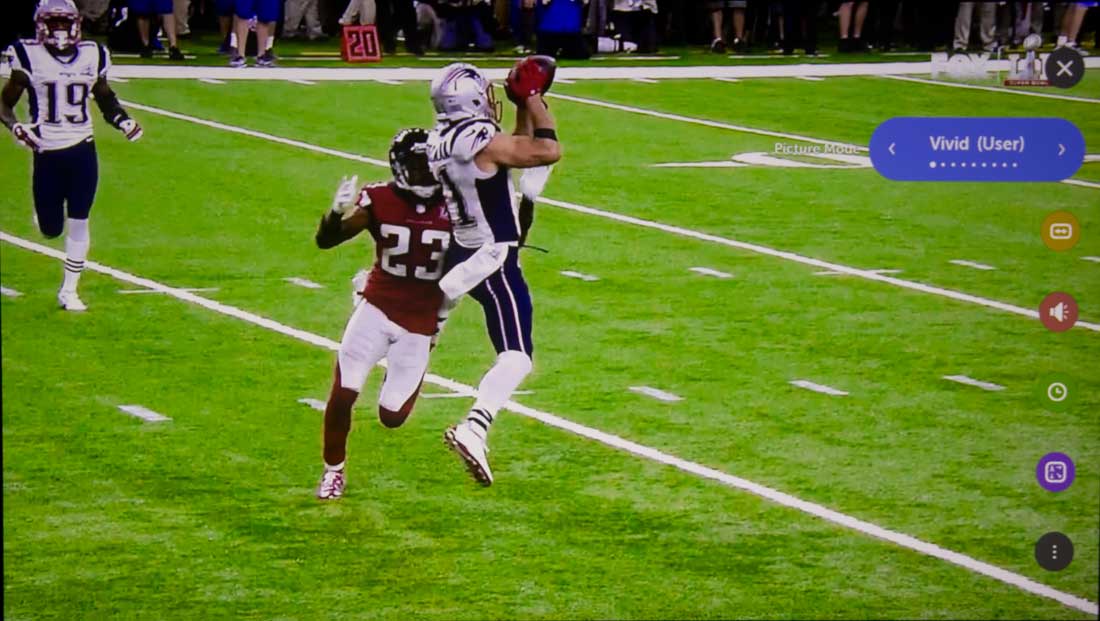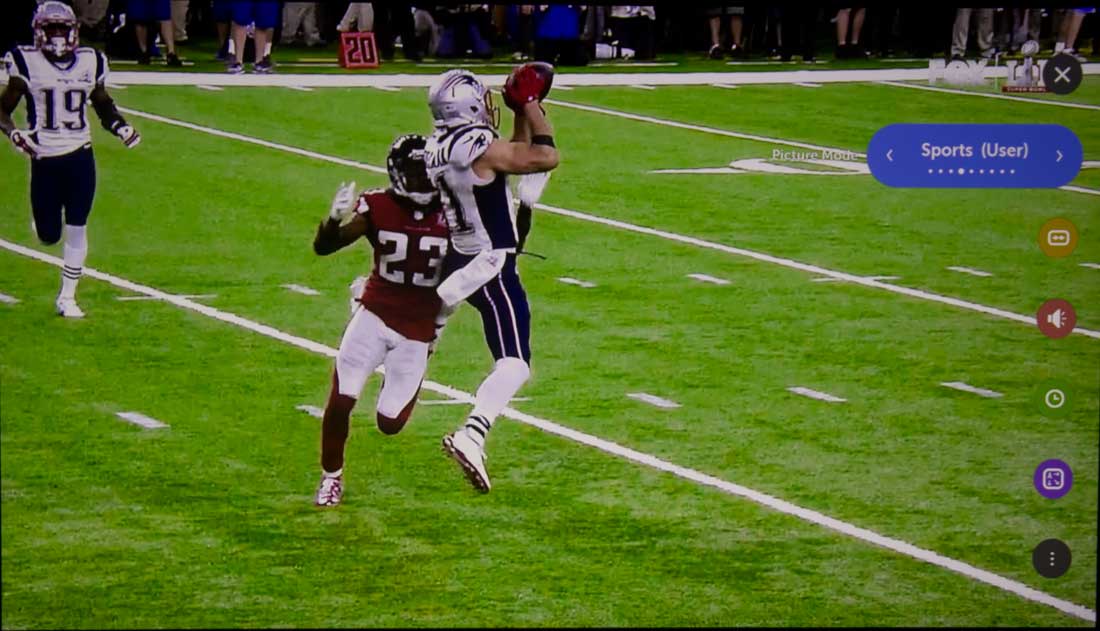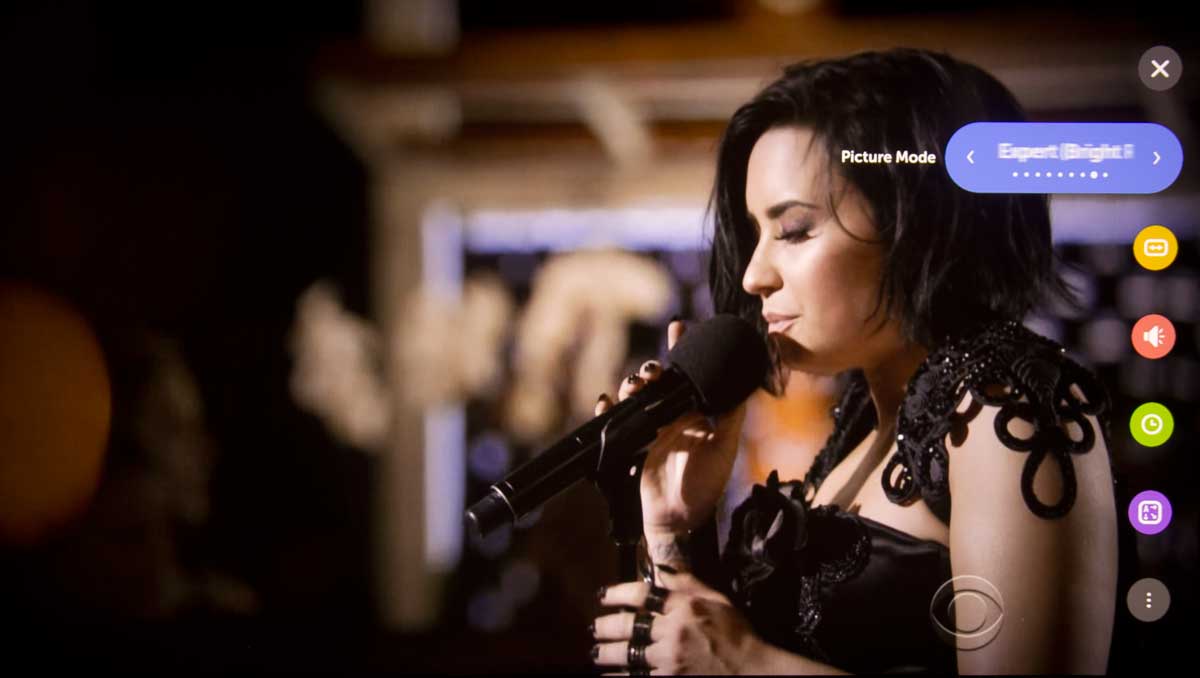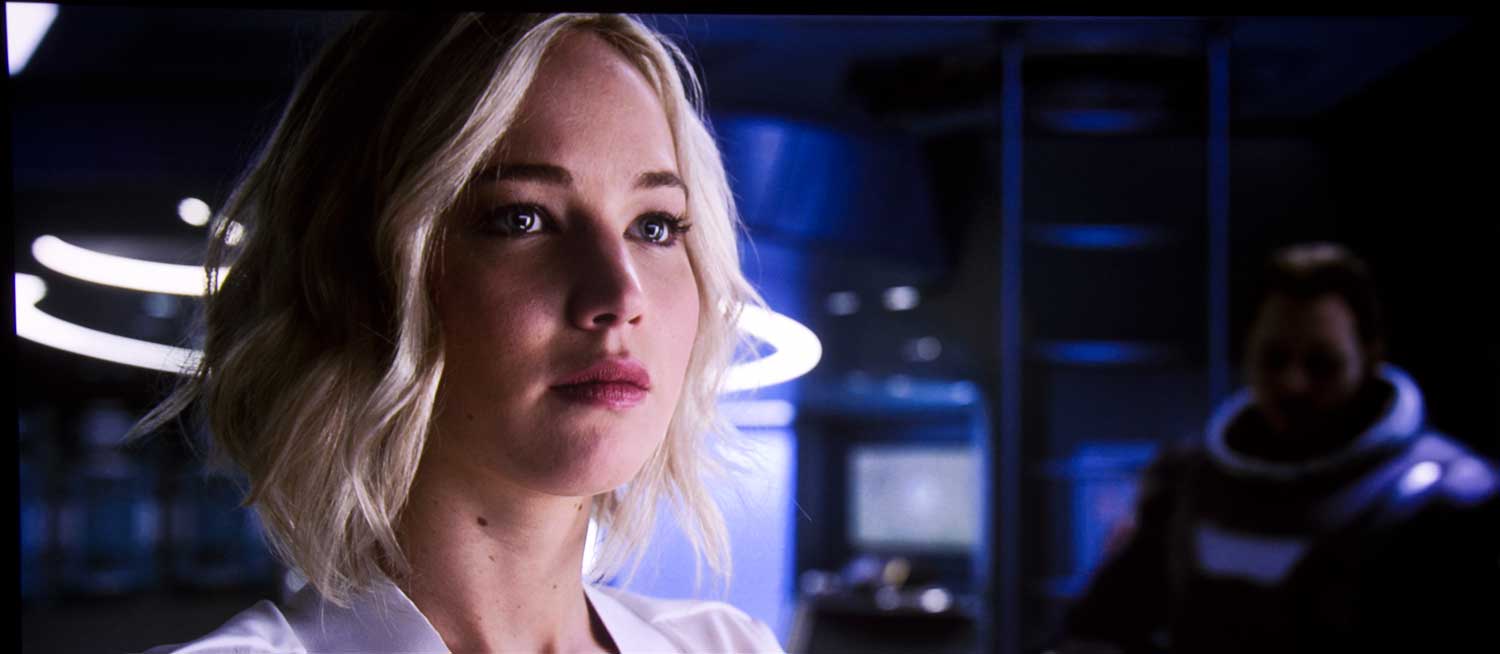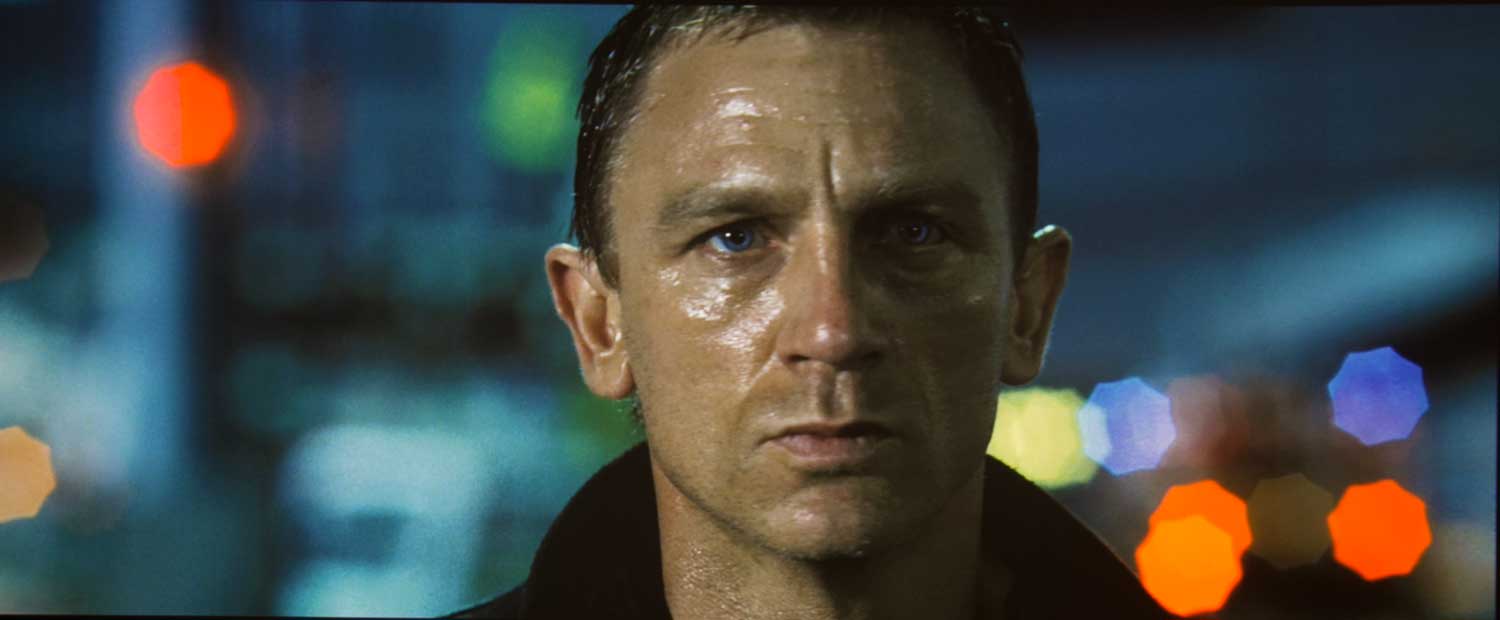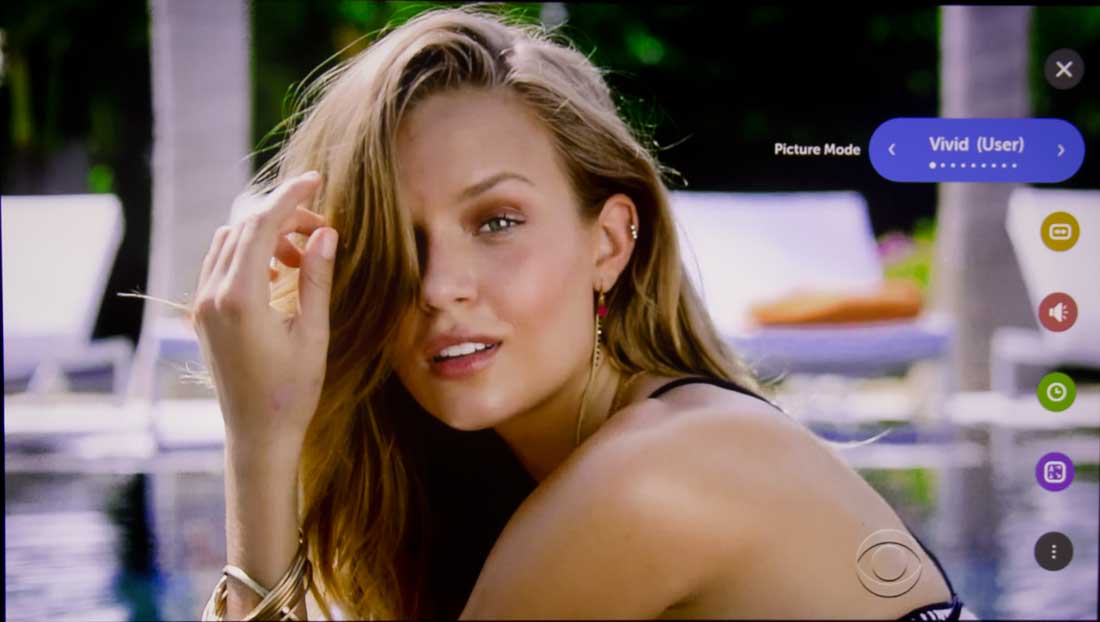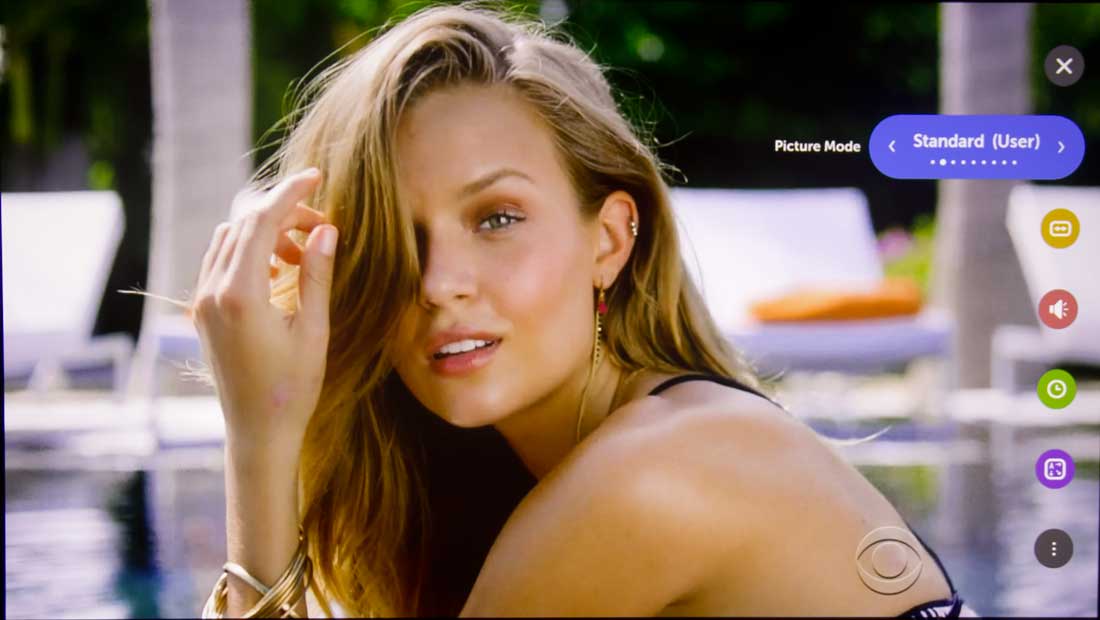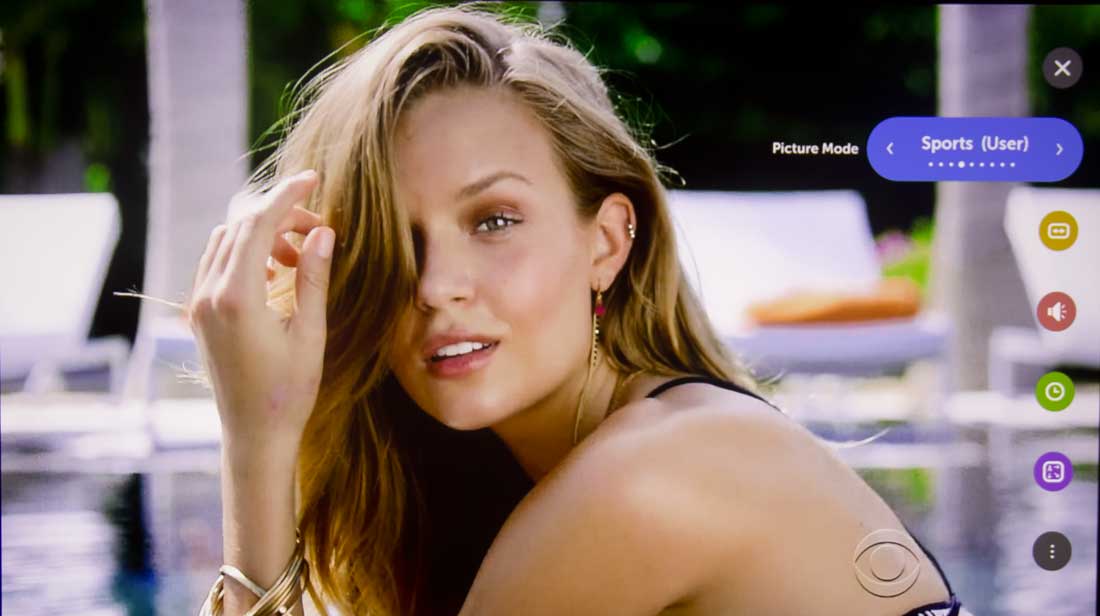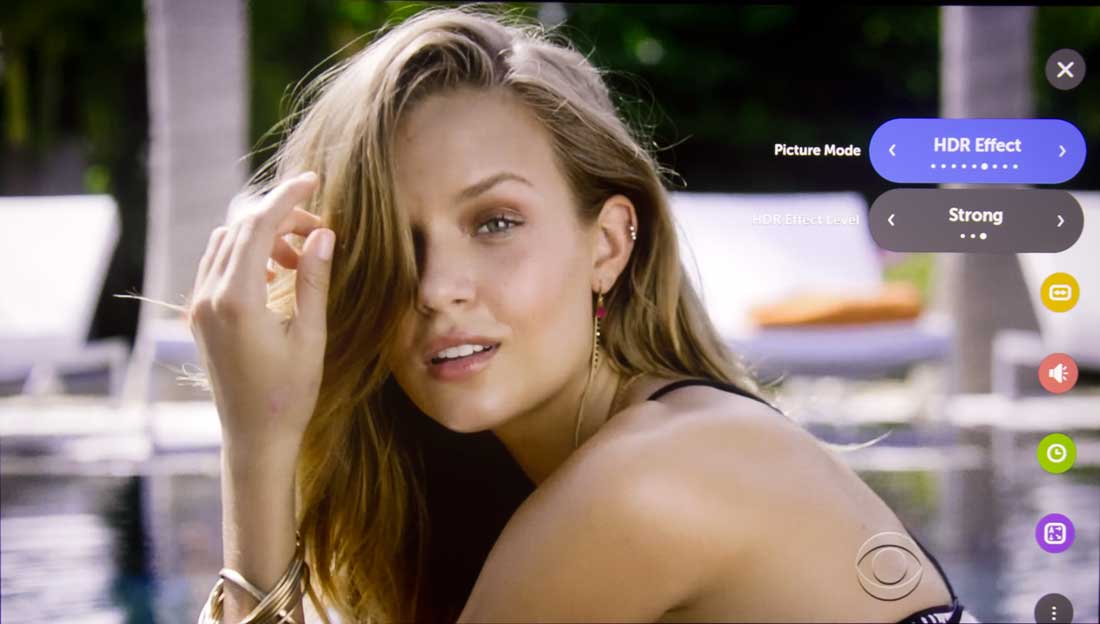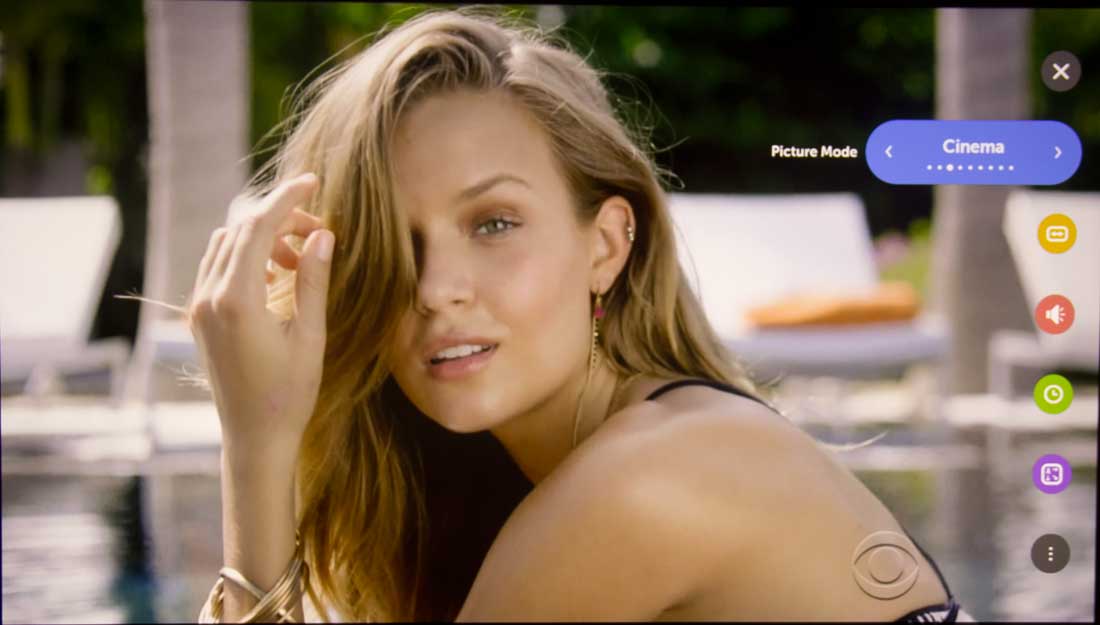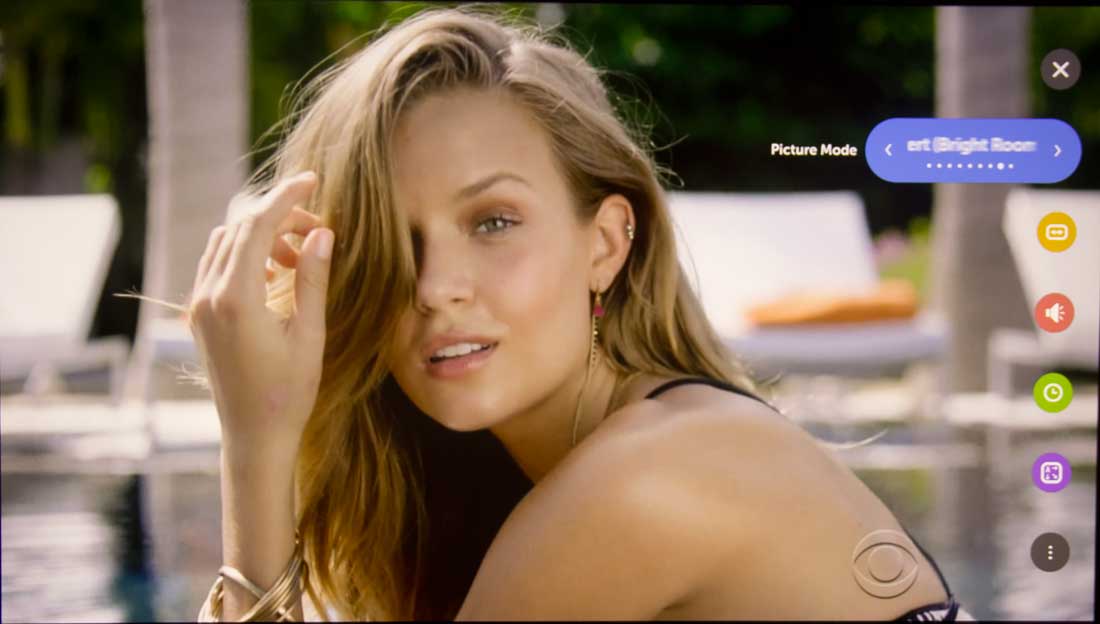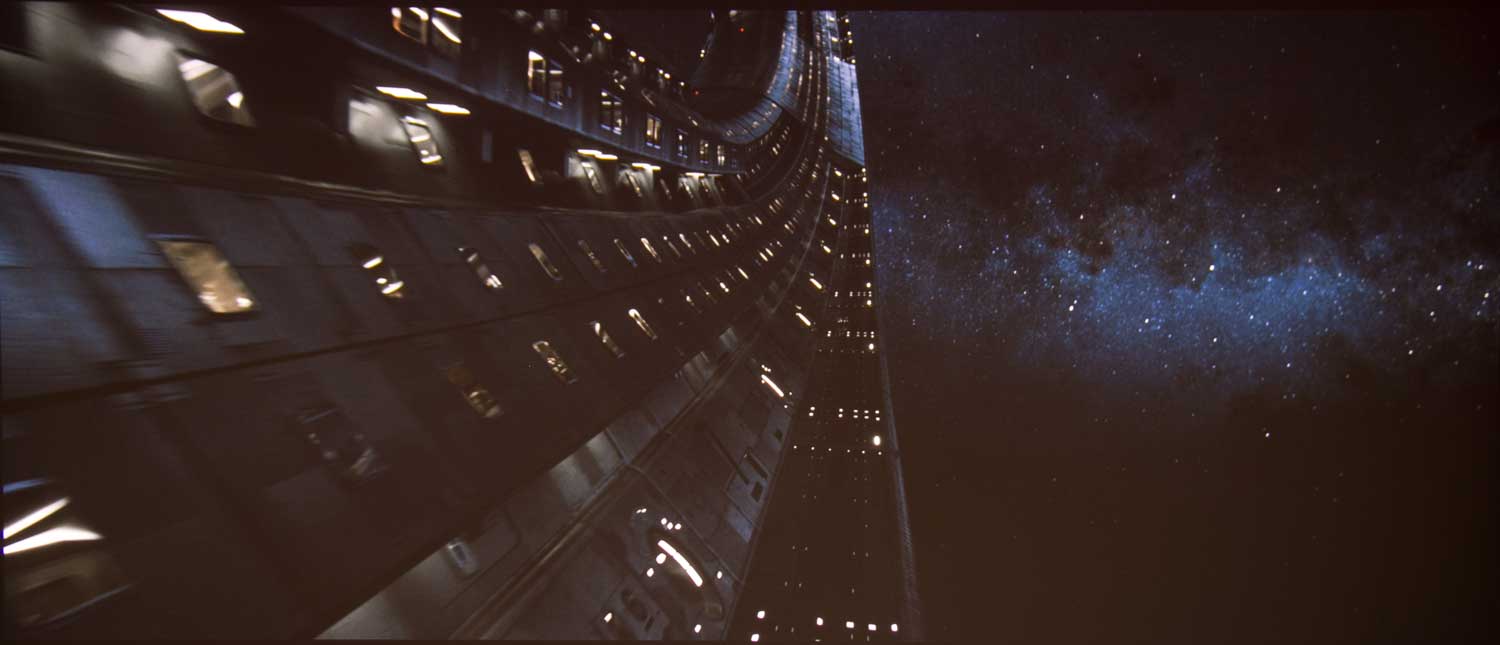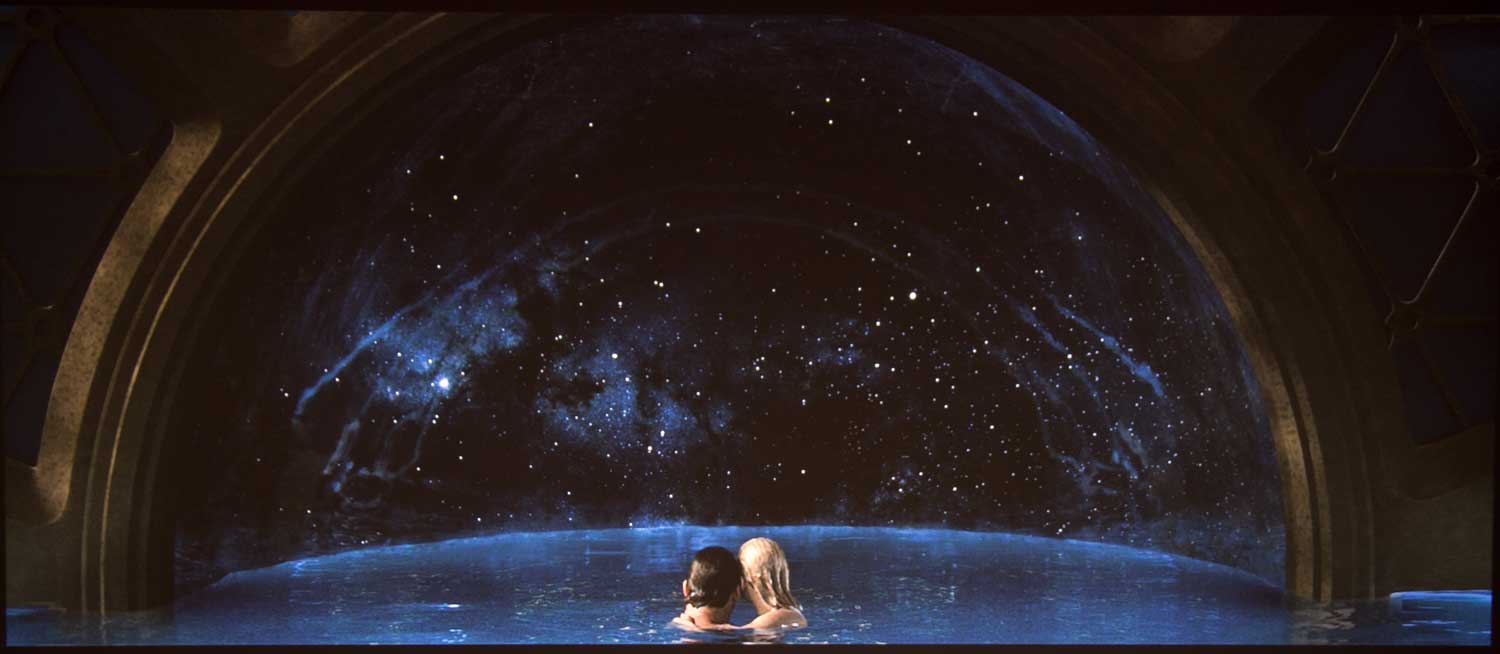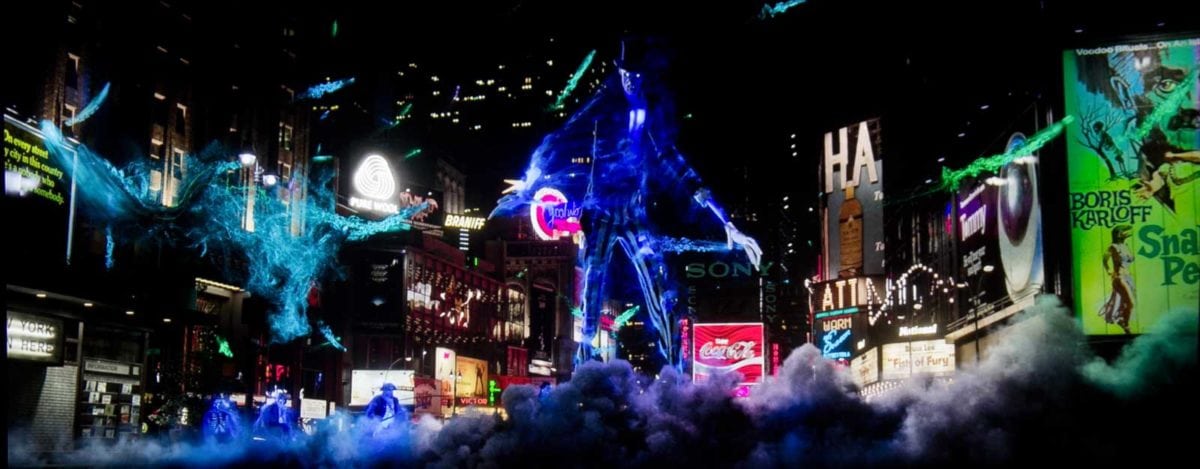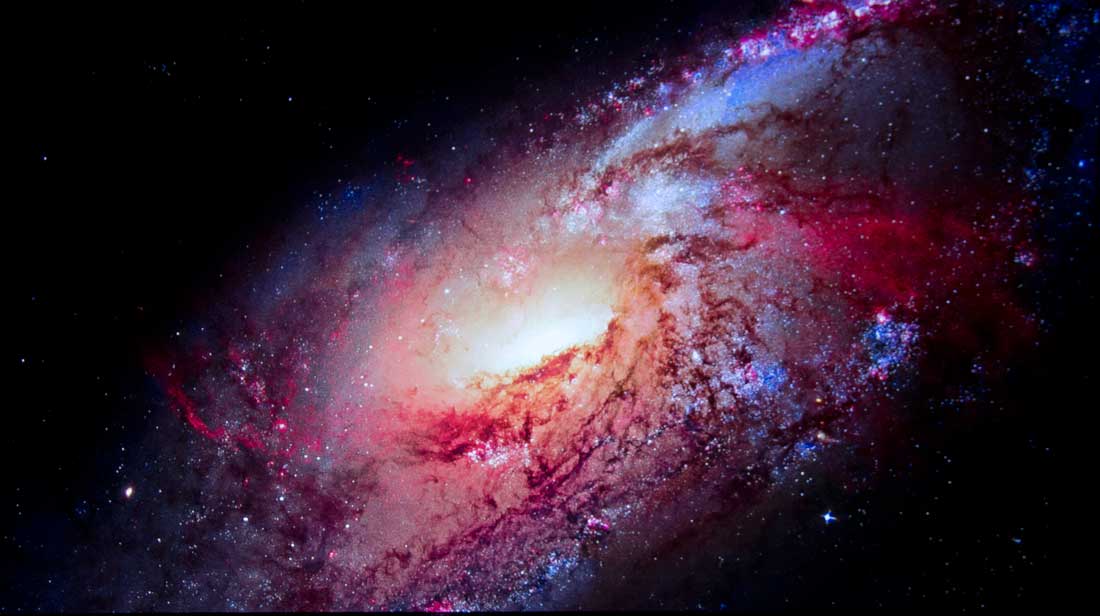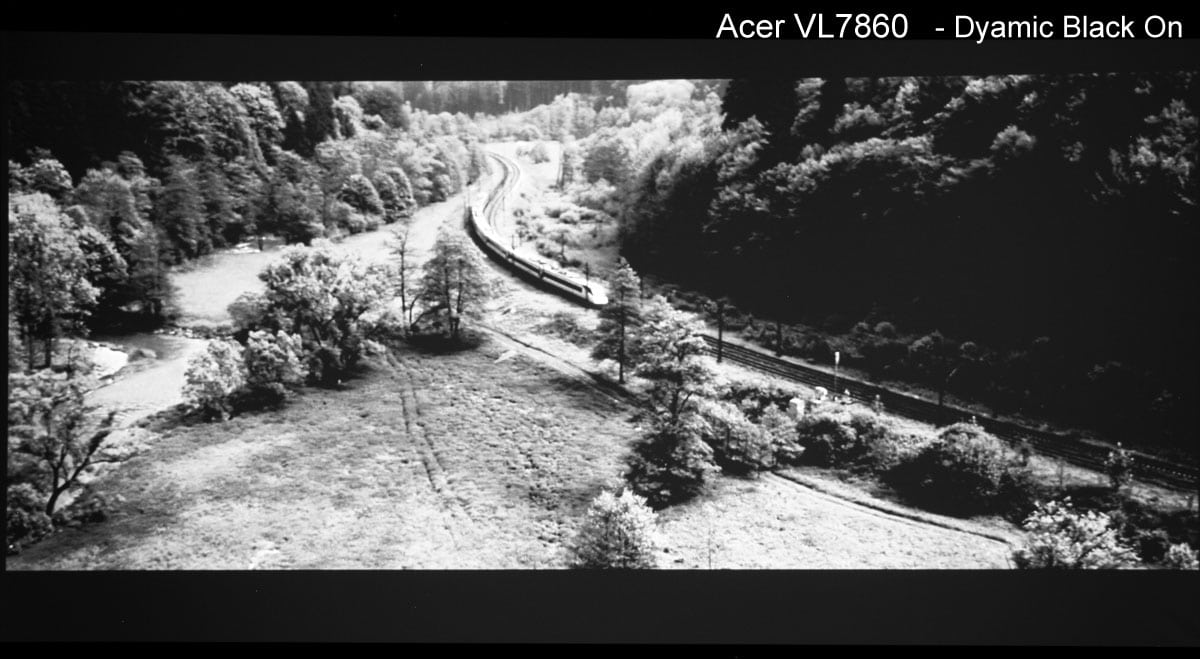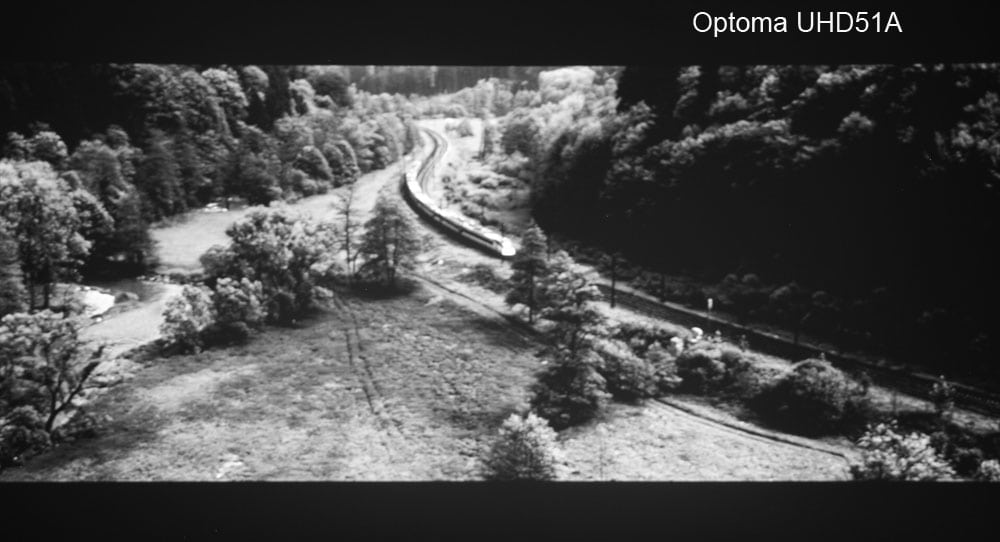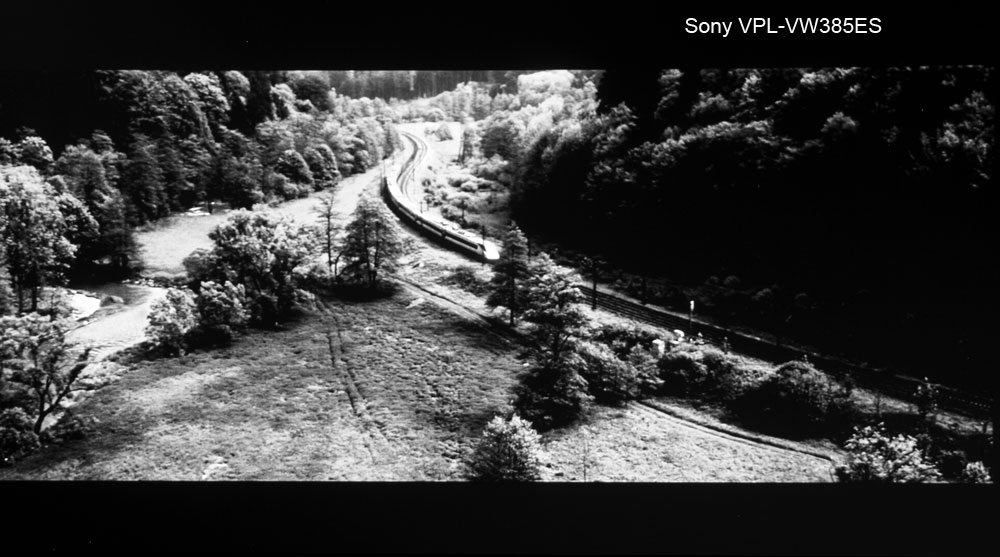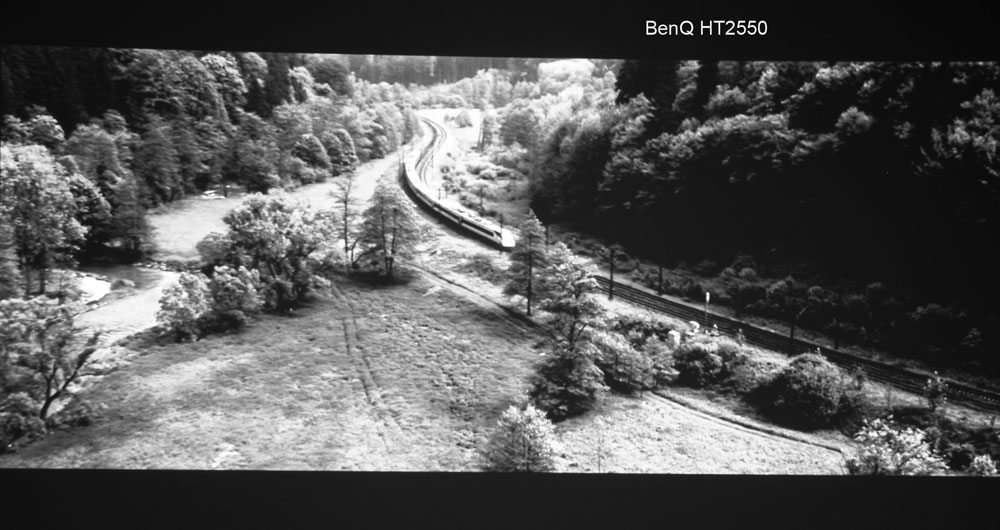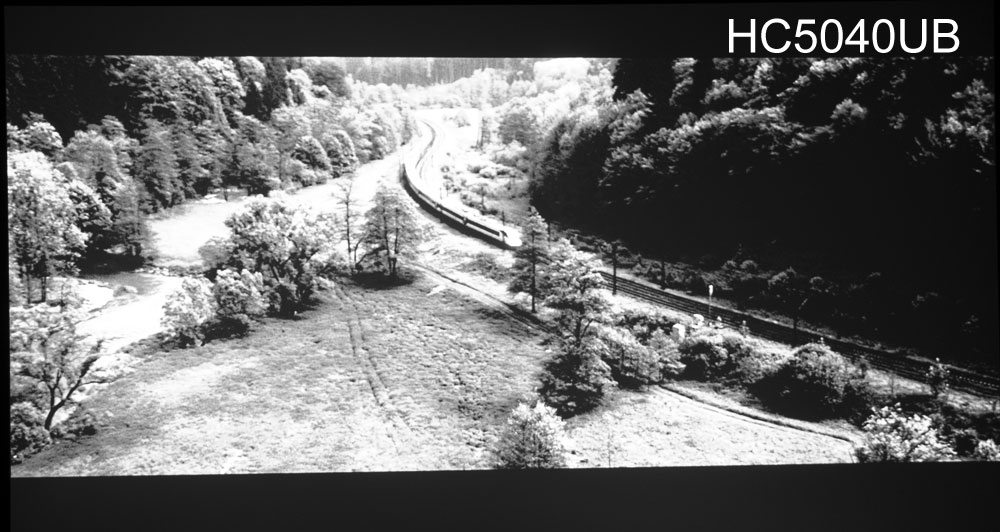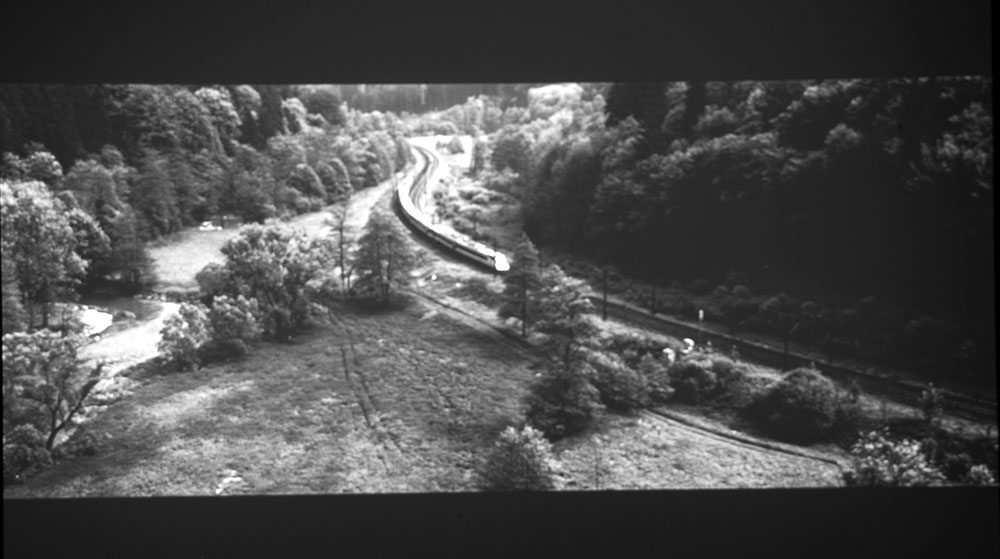Like many projectors, the LG HU80KA has a whole lot of preset picture modes, with names like Vivid, Standard, Cinema, Sports, HDR Effect, Technicolor, Expert…
In the image player above, in addition to a few “right out of the box photos” there is a set of all the major modes, using the same Victoria Secret model shot. Two of the modes (noted) are calibrated, the others are not.
Vivid and Sports appear to be the brightest, although 5 of the modes, including those two, are all within a few percent of each other. Most modes start out cool – more blue than red. In all cases, the projector’s default color temp, is set to Warm. Warm delivers the best color, and Eric our calibrator did not bother to try to calibrate using any of the other preset color temps
I’ll discuss further on the Performance page, but the Warm color temp is just over half as bright as Natural mode, which is the brightest, and gets the HU80KA close to its claimed 2500 lumens. But there’s always a yellowish caste to the picture if using Natural, so generally, except in “break glass in an emergency (of too much ambient light), stick to the Warm Color temp.
With warm color temp selected the is pretty darn good light out of the box, if always a bit cool (could use a bit more red). But most won’t notice in the better modes.
Vivid has the most pop. It is over the top, in saturation and dynamic look, because that’s your go to mode if facing a lot of ambient light. If facing way too much ambient light that’s when you also adjust the color temp to Natural.
Standard mode, unadjusted is even cooler. We are using it, post adjustment, though for our 4K HDR calibration. Cinema is going to be your most accurate “right out of the box” mode, for movie viewing. I do like Vivid and Sports though for my sports viewing, because I allow far more light into my theater.
Eric had setup three “calibrated modes” (see our calibration pages) that noticeably improve the picture. Standard, as mentioned, set up for 4K with HDR, and also used for our “brightest” mode (with good color). Expert Dark Room was calibrated to provide our best overall viewing of 1080 content (really anything without HDR).

